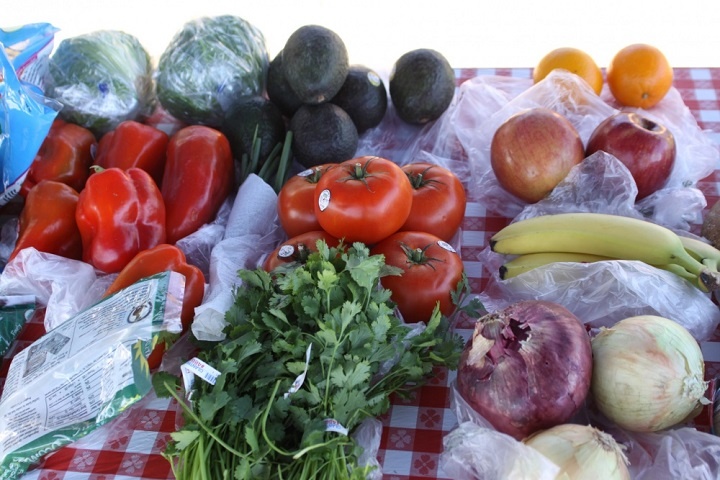- 05
- Jun
- 2019
June is National Fresh Fruit and Vegetables Month
- Posted ByMichael Kowalski
- InNews, Special Event

Celebrate National Fresh Fruit and Vegetables Month this June with these colorful and tasty foods. Fruits and vegetables provide a variety of nutrients, vitamins, minerals, and fiber — while remaining naturally low in calories, fat and sodium. In addition, they lower your risk of developing certain chronic diseases and help you maintain a healthy weight. Whether you buy your produce at a market or grow the fruits and veggies at home, enjoy any combination of these delectable delights to get your summer off to a cool start.
Fresh fruits and vegetables are an important part of a balanced diet, and variety is as important as quantity. The typical American diet contains far too little of these nutrient-rich foods. Compelling evidence suggests that making fruits and veggies a staple of your diet can lower your risk for these chronic diseases:
- high blood pressure
- heart disease and stroke
- some cancers
- eye problems
- digestive disorders
- diabetes and blood sugar regulation
Eating non-starchy vegetables and fruits like apples, pears, peaches and green leafy vegetables may even promote weight loss. Their low glycemic loads prevent blood sugar spikes that can increase hunger, which can help keep your appetite in check.
Here are some tips for increasing your fruit and veggie intake:
- Keep fruit where you can see it. Place several ready-to-eat washed whole fruits in a bowl or store chopped colorful fruits in a glass bowl in the refrigerator to tempt a sweet tooth.
- Explore the produce aisle and choose something new. Variety and color are key to a healthy diet. On most days, try to get at least one serving from each of the following categories: dark green leafy vegetables; yellow or orange fruits and vegetables; red fruits and vegetables; legumes (beans) and peas; and citrus fruits.
- Skip the potatoes. Choose other vegetables that are packed with different nutrients and more slowly digested carbohydrates.
- Make it a meal. Try cooking new recipes that include more vegetables. Salads, soups, and stir-fries are just a few ideas for increasing the number of tasty vegetables in your meals.
Here’s a healthy tip on buying fresh fruit and veggies: avoid unwanted chemicals and go organic as much as possible. Buying organic is especially important with certain fruits such as tomatoes and strawberries that, when not organic, contain higher amounts of pesticides than other produce. Although more expensive, in many cases organic produce is not all that much more expensive than non-organic. Eat healthier today!
